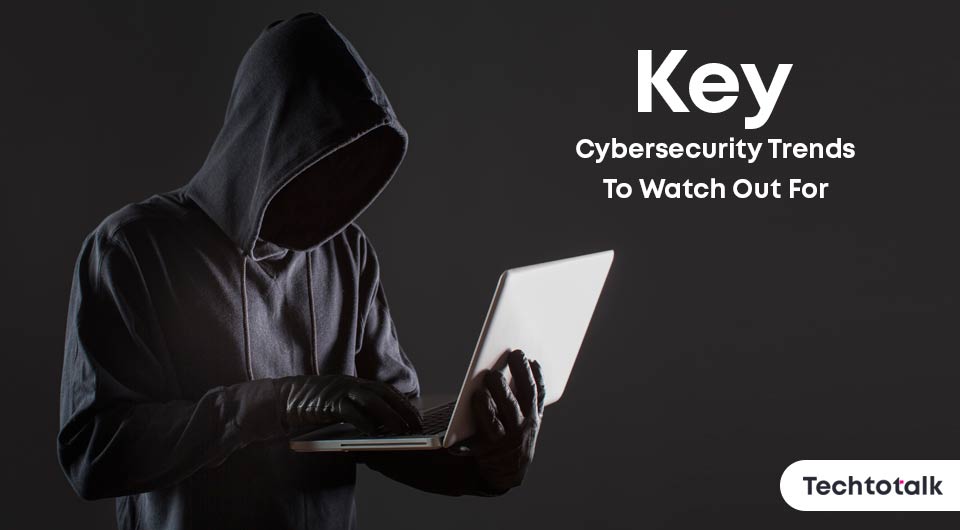Table of Contents
- Introduction
- Cloud Security
- Artificial Intelligence for Security
- Blockchain for Security
- Internet of Things Security
- 5G Network Security
- Cyber Threat Intelligence Sharing
- Zero Trust Architecture
- Secure Access Service Edge
- Cybersecurity Skills Shortage
- Privacy Enhancing Technologies
- Conclusion
Introduction
Cybersecurity is becoming more and more important in today's digitally connected world. As technology keeps advancing, new cyber risks and threats also emerge.
Organizations need to stay updated on the latest cybersecurity trends to build robust defenses. In this post, we will discuss the key trends shaping cybersecurity currently and for the near future.
Cloud Security
With remote work and cloud adoption growing, securing cloud environments is crucial. Tools like cloud workload protection platforms, cloud security posture management, and cloud access security brokers are gaining popularity.
Fully realizing the benefits of cloud needs a shared responsibility model between providers and customers.
Artificial Intelligence for Security
AI and machine learning help improve cybersecurity by quickly identifying new threats and anomalies. AI augments human analysts and enables proactive threat hunting. Automating repetitive tasks also relieves analyst workload.
However, AI models must be carefully designed and validated to avoid technical flaws or biases.
Blockchain for Security
Blockchain's decentralized and immutable ledger properties can improve security, transparency, and trust. Applications include managing digital identities, credential access management, supply chain tracking, and data integrity.
Integrating blockchain with legacy systems remains a challenge. Hybrid models that balance centralization with decentralization are emerging.
Internet of Things Security
The massive growth in IoT devices like wearables, sensors, and industrial controls poses new attack surfaces to protect. IoT security involves safeguarding device firmware, isolating networks, enforcing user access controls, and regularly patching vulnerabilities
. A collective effort between manufacturers, vendors, and customers is vital.
5G Network Security
5G's increased bandwidth, lower latency, and expanded device connectivity will enable new use cases. But 5G also widens the threat landscape with new attack vectors.
Important 5G security measures include deploying network slicing, virtualization, and edge computing judiciously by continuously monitoring networks end-to-end.
Cyber Threat Intelligence Sharing
Pooling cyber threat intelligence across private and public sectors improves situational awareness and preparedness. But fear of revealing weaknesses hampers information sharing.
Having trusted information-sharing platforms, standardizing threat data, and providing legal protections can promote responsible threat intelligence exchange.
Zero Trust Architecture
Zero trust shifts away from implicit trust in networks to continuous verification of users and devices before granting least-privilege access. It limits lateral movement through micro-segmentation.
The zero-trust approach enhances cyber resilience but can increase complexity. It works best when integrated early into networks.
Secure Access Service Edge
SASE converges network and security into a single cloud-native platform. It secures connectivity and access for distributed users and cloud applications. Scalability, lower costs, and simplified operations are SASE benefits.
However, it requires integrating products from different vendors to create complete SASE solutions tailored to each organization’s needs.
Cybersecurity Skills Shortage
As technology becomes more complex, cybersecurity talent scarcity continues to worsen globally. Strategies to narrow the skills gap include training youth through scholarships and internships, upskilling veterans and women returning to work, incentive programs, and partnerships with academia. Retaining talent also remains a pressing concern.
Privacy Enhancing Technologies
Regulations like GDPR and CCPA are prioritizing data protection. Emerging privacy-enhancing technologies minimize unnecessary data collection.
Approaches include federated learning, homomorphic encryption, confidential computing, and differential privacy. Integrating these into product design flows will enable building trust and compliance.
Conclusion
Staying on top of the latest advances and trends in cybersecurity is crucial for managing risks. Some key developments to watch include protecting cloud environments, leveraging AI/ML, moving to zero trust architecture, and developing cybersecurity talent.
Organizations that adapt swiftly will be better positioned to securely grasp new opportunities in the digital era.





